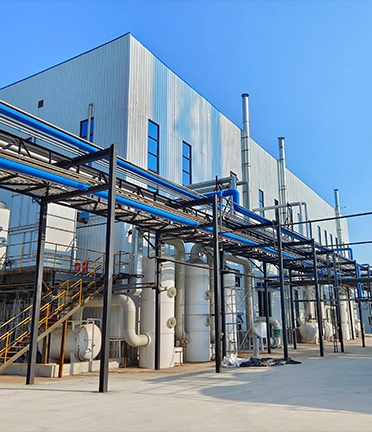flocculant vs coagulant
Flocculant vs Coagulant Understanding the Differences and Uses
In the realm of water treatment and various industrial processes, flocculants and coagulants play crucial roles in ensuring the effective removal of impurities. While these terms are often used interchangeably, they refer to distinct processes and substances that serve different purposes in the clarification of liquids.
What are Coagulants?
Coagulants are chemical agents that help to aggregate suspended particles in a liquid to facilitate their subsequent removal. When a coagulant is added to the water, it neutralizes the electric charges on the surface of the particles, which allows them to come together and form larger aggregates known as flocs. Common coagulants include aluminum sulfate (alum), ferric chloride, and polyaluminum chloride. The coagulation process is generally rapid and occurs within a short timeframe, making it suitable for applications where swift clarification is necessary.
Coagulation is particularly effective in treating water with high levels of turbidity or where there are significant amounts of dissolved organic matter. Additionally, it’s an essential step in municipal water treatment plants, where the goal is to produce potable water by removing contaminants.
What are Flocculants?
flocculant vs coagulant

On the other hand, flocculants are substances that facilitate the agglomeration of particles that have already been coagulated. While coagulants initiate the process by neutralizing charges and enabling the formation of larger particles, flocculants bridge these particles together, leading to the creation of even larger aggregates that can easily settle out of the liquid. Common flocculants include polyacrylamides, polysaccharides, and natural organic polymers.
The flocculation process typically requires more time than coagulation and often occurs in a gentle mixing environment. This allows the larger flocs to form without breaking apart. Flocculants are particularly useful in processes such as sedimentation, where the goal is to efficiently separate solids from liquids in various industries, including mining, wastewater treatment, and paper manufacturing.
The Relationship Between Coagulants and Flocculants
While both coagulants and flocculants are essential in water treatment and other industrial processes, they should not be considered substitutes for one another. Instead, they are often used in tandem to optimize the clarifying process. Coagulants initiate the removal of particulates by creating an environment conducive to aggregation, while flocculants enhance and accelerate this process to improve overall efficiency.
In conclusion, understanding the distinctions between coagulants and flocculants is vital for engineers, operators, and environmental scientists involved in water treatment and industrial processes. Selecting the appropriate agents and understanding their roles can lead to more effective sedimentation and purification, ultimately contributing to better quality water and improved operational efficiency. Through their combined use, these substances pave the way for cleaner water and greener industrial practices.
-
Pbtc Scale InhibitorPBTC: A Scale Protector for Industrial Water TreatmentNewsAug.05,2025
-
Organic Phosphonate: An Efficient Defender in the Field of Scale InhibitionNewsAug.05,2025
-
Hydrolyzed Polymaleic Anhydride: Green Pioneer in Scale Inhibition FieldNewsAug.05,2025
-
PAPEMP Polyamino Polyether Methylene Phosphonic Acid For SaleNewsAug.05,2025
-
Flocculant Water Treatment: A Pioneer in Purification in the Field of Water TreatmentNewsAug.05,2025
-
Benzyl Isothiazolinone: An Efficient and Broad-Spectrum Antibacterial Protective GuardNewsAug.05,2025





